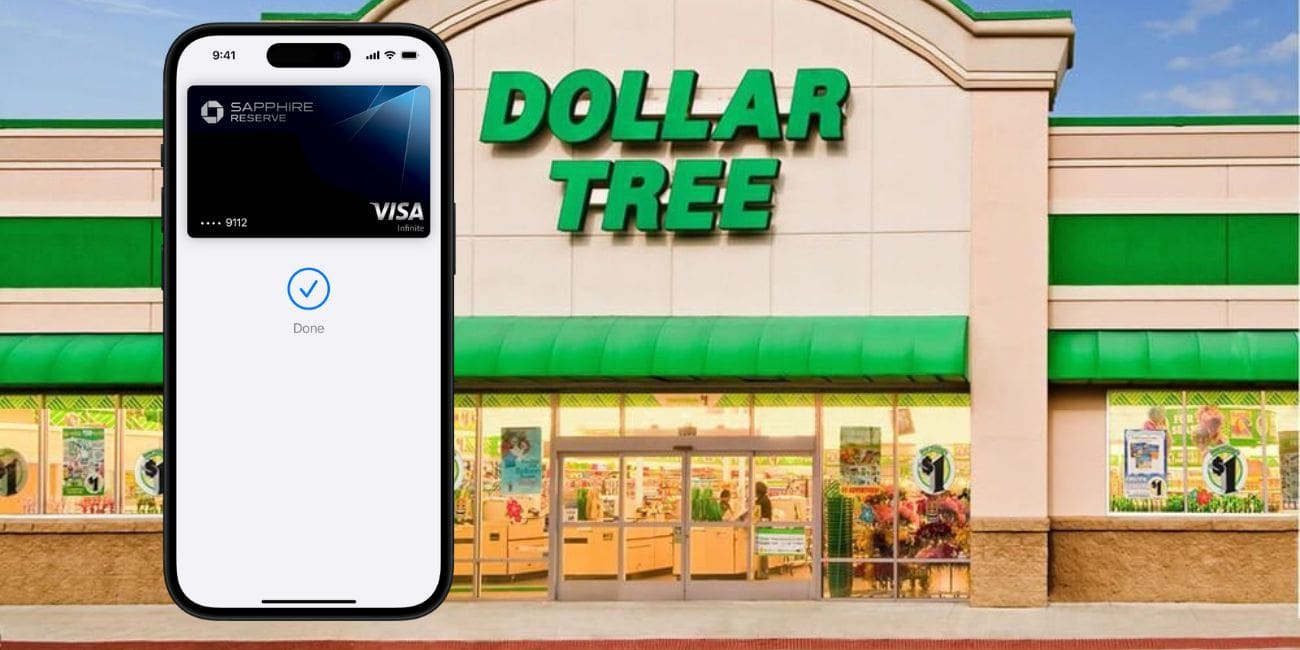Logos are often the first point of recognition for a brand, playing a crucial role in establishing identity, forging emotional connections, and communicating values. Over the years, many logos have transcended mere visual elements and become global icons. Below are some of the most famous logo design examples and their significance in the world of branding.
Apple
The Apple logo is one of the most recognized symbols in the world. Featuring a simple bitten apple, it’s a combination of minimalist design and powerful symbolism. The logo’s sleek look represents innovation, simplicity, and accessibility—all qualities that Apple has built its brand around.
The “bite” in the apple is a clever play on words (byte/bite) relevant to its tech foundation, making it a subtle yet intelligent branding choice.

McDonald’s
With its golden arches forming the letter “M,” McDonald’s logo is instantly recognizable across the globe. Introduced in the 1960s and refined over the years, the bright yellow arches evoke feelings of familiarity, warmth, and comfort food.
Psychologically, yellow and red are colors that stimulate appetite—an intentional choice for a fast-food leader. Over time, the logo has become synonymous with consistent taste and family-friendly service.
Nike
Designed by Carolyn Davidson in 1971, the Nike “Swoosh” symbolizes movement, speed, and athleticism. It was inspired by the wings of the Greek goddess Nike, who represents victory. The simplicity of the logo reflects Nike’s streamlined product philosophy and commitment to excellence.
The Swoosh is more than just a shape—it’s an emblem of triumph and perseverance, values that align strongly with the athletic world.
Coca-Cola
The Coca-Cola logo, with its iconic scripted typeface and bright red color, is a prime example of successful vintage branding. Despite being over a century old, the design has remained largely unchanged—offering a nostalgic and timeless feel that strengthens brand loyalty.
The red color is associated with excitement, energy, and passion—all emotions that the company wishes to instill in its consumers. This consistency has helped Coca-Cola maintain its legacy over generations.
Amazon
The Amazon logo cleverly hides meaning in its simplicity. The smile-shaped arrow from A to Z implies customer satisfaction and the wide range of products available—“everything from A to Z.”
The arrow also doubles as a visual cue for speed and convenience, two pillars of Amazon’s global dominance in e-commerce. This is a logo that balances form and function beautifully.
FedEx
Another example of hidden symbolism, the FedEx logo includes a subtle arrow between the “E” and “x,” symbolizing speed and precision—two attributes integral to FedEx’s services.
The clean typography and color scheme impart a sense of professionalism and reliability, reinforcing the company’s reputation for punctuality and trustworthiness.

Conclusion
From Apple’s minimalist apple to FedEx’s hidden arrow, logos are more than just designs—they are condensed narratives encapsulating a brand’s story, vision, and mission. These iconic logo designs have not only stood the test of time but also shaped the way audiences perceive and connect with brands. A well-designed logo is an investment in the brand’s long-term image and recognition.
FAQ
-
Q: Why is logo design important?
A: Logo design is essential as it creates the first impression, builds brand loyalty, and helps differentiate a company in a competitive market. -
Q: What makes a logo iconic?
A: An iconic logo is simple, memorable, timeless, and relevant to the brand’s identity. It often includes hidden meanings or clever design elements. -
Q: How often should a company update its logo?
A: There is no fixed time, but companies often refresh their logos during rebranding efforts or when aiming to stay modern and relevant. -
Q: Can a logo influence customer behavior?
A: Yes, colors, shapes, and design elements in a logo can evoke emotions and associations that influence consumer decisions and brand loyalty.

